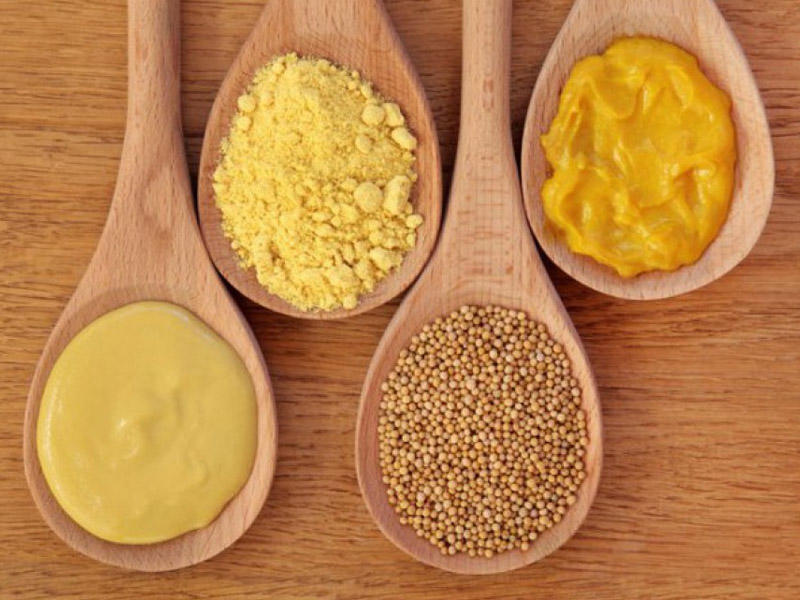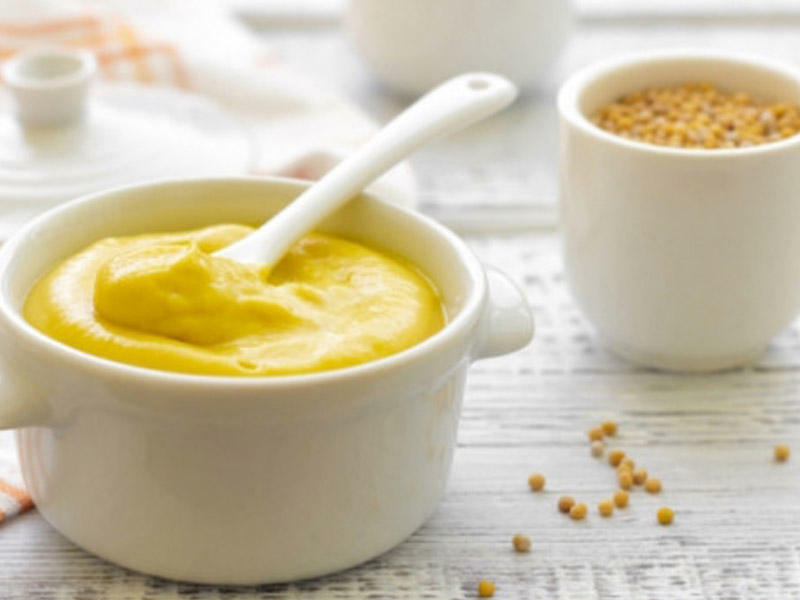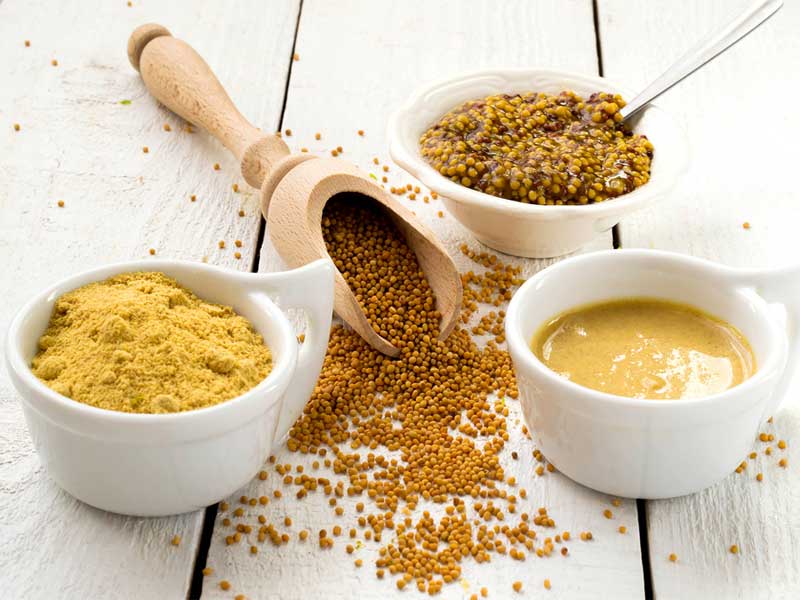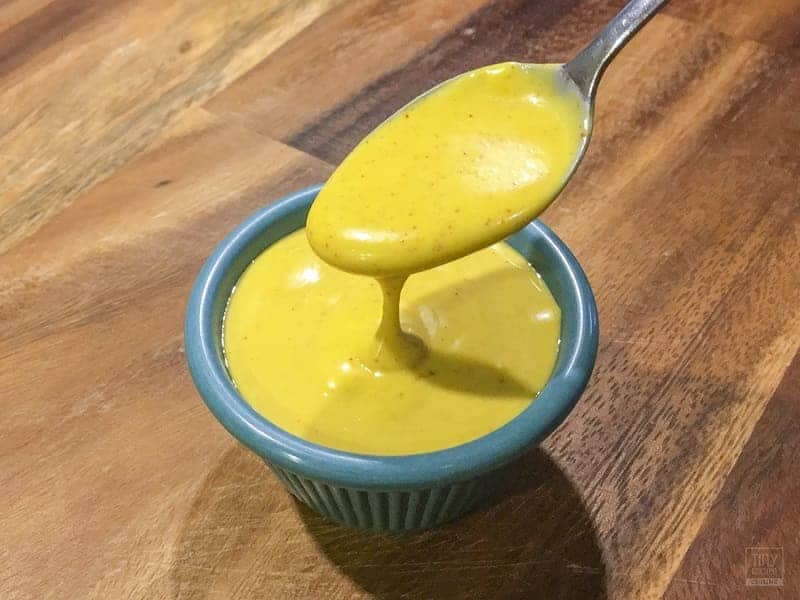A Classic Condiment with a Versatile Twist
Introduction:
Mustard sauce, a tangy and flavorful condiment, has been a culinary staple around the world for centuries. Derived from the seeds of the mustard plant, this versatile sauce adds a unique depth of flavor to a multitude of dishes, ranging from sandwiches and hot dogs to dressings, marinades, and dips. This article delves into the origins, types, ingredients, and potential health benefits of mustard sauce, as well as its diverse applications in the culinary world.
1. Origins and Traditional Uses:
Mustard dates back thousands of years and has been used as a culinary ingredient since ancient times. The Egyptians, Greeks, and Romans were among the civilizations that recognized the potential of mustard seeds in enhancing the taste of their dishes. Initially, mustard was served as a condiment alongside roasted meat, fish, and vegetables. Over time, it gained popularity as a key ingredient in sauces, spreads, and marinades.
2. The Making of Mustard Sauce:
Mustard sauce is typically made by grinding mustard seeds into a paste and blending it with a combination of various ingredients, including vinegar, water, salt, spices, and sometimes sweeteners such as sugar or honey. The intensity of the mustard sauce can vary, ranging from mild to hot, based on the type of mustard seeds used, the ratio of seeds to liquid, and the addition of optional spices or herbs.
3. Variations and Types:
There are various types of mustard sauce available worldwide. The most common types include:
a. Yellow Mustard: A mild and tangy sauce made from yellow or white mustard seeds, vinegar, water, salt, and turmeric. It is widely used in North America as a condiment for hot dogs, burgers, and sandwiches.
b. Dijon Mustard: Originating from the Dijon region in France, this smooth and creamy, yet slightly spicy mustard sauce is made primarily from brown or black mustard seeds, white wine or wine vinegar, water, salt, and occasionally spices.
c. English Mustard: This pungent and hot mustard sauce contains brown or black mustard seeds, white or brown sugar, malt vinegar, water, and spices. It adds a robust flavor to traditional British dishes like roast beef and lamb.

d. Grainy Mustard: Also known as whole grain mustard or coarse mustard, this type contains whole or partially crushed mustard seeds, along with vinegar, water, salt, and spices. It is highly versatile and can be used as a topping, marinade, or ingredient in sauces and dressings.
4. Culinary Uses:
Mustard sauce is highly versatile and can enhance the flavor of various dishes. Some common culinary uses include:
a. Condiment: Mustard sauce can be used as a condiment for sandwiches, hot dogs, burgers, pretzels, and deli meats, providing a tangy and zesty flavor.
b. Dressings and Dips: Mustard sauce forms the base for many salad dressings, such as honey mustard, vinaigrettes, and mayonnaise-based dressings. It can also be combined with other ingredients to create delicious dipping sauces for appetizers, chicken fingers, and French fries.
c. Marinades and Glazes: Mustard sauce is often incorporated into marinades and glazes for meats, poultry, and seafood, as it helps tenderize and infuse flavors into the protein. The acidity in mustard also acts as a natural meat tenderizer.
d. Baked Goods and Savory Dishes: Some culinary enthusiasts use mustard sauce as an ingredient in baking, adding a unique flavor profile to bread, pretzels, and savory pastries. It can also be used to flavor stews, soups, and stir-fries, providing a robust and tangy taste.
5. Potential Health Benefits:
Mustard sauce not only elevates the taste of various dishes but also offers potential health benefits:
a. Nutritional Content: Mustard seeds contain essential nutrients, including dietary fiber, vitamins (such as vitamin C and vitamin K), and minerals (such as calcium, iron, and magnesium). While the exact nutritional content may vary based on the type of mustard used, mustard sauce can serve as a source of these nutrients to some extent.
b. Antioxidant Properties: Mustard seeds contain compounds with antioxidant properties that may help protect against oxidative stress and cellular damage. These antioxidants are primarily found in brown and black mustard seeds.
c. Anti-Inflammatory Effects: Some studies suggest that mustard seeds may possess anti-inflammatory properties due to the presence of compounds like sinigrin and isothiocyanates. These compounds have shown promising results in reducing inflammation in certain laboratory studies.

d. Digestive Health: Mustard seeds, particularly those with their husks intact, are rich in dietary fiber, which aids digestion and promotes gastrointestinal health.
Conclusion:
Mustard sauce, derived from mustard seeds, is a versatile condiment that has played a significant role in culinary traditions around the globe. With its myriad variations and applications, mustard sauce adds a tangy and flavorful twist to a wide range of dishes, while offering potential health benefits. Whether used as a condiment, marinade, glaze, or ingredient, mustard sauce continues to delight taste buds and holds a special place in the hearts of food enthusiasts worldwide.1. Mustard Sauce: A Growing Market Opportunity
Mustard sauce, a timeless condiment loved and used by people all around the world, presents a significant market opportunity for businesses in the food industry. The demand for mustard sauce continues to rise, driven by consumers’ increasing interest in diverse and flavorful condiments. Entrepreneurs and established businesses alike can tap into this growing market, offering unique variations of mustard sauce to cater to various taste preferences and dietary needs.
2. Identifying Target Consumer Segments
To successfully enter the mustard sauce market, businesses should first identify their target consumer segments. While mustard sauce appeals to a wide range of consumers, it is crucial to narrow down the target audience based on factors such as taste preferences, dietary restrictions, and regional culinary traditions. For instance, businesses can focus on marketing their mustard sauce to health-conscious individuals looking for low-sodium or organic options, or to those seeking gourmet, artisanal variations of mustard sauce.
3. Developing Unique Flavor Profiles
One way businesses can differentiate themselves in the mustard sauce market is by developing unique flavor profiles. While traditional mustard sauces like yellow and Dijon continue to be popular, there is room for innovation and experimentation. Entrepreneurs can explore using different types of mustard seeds, such as black, brown, or Oriental mustard, to create distinct flavors. Additionally, the inclusion of spices, herbs, fruits, or even craft beers or spirits can offer a range of flavor options to cater to various culinary preferences.
4. Incorporating Healthier Ingredients
With increasing consumer awareness of nutrition and dietary choices, businesses can cater to health-conscious consumers by incorporating healthier ingredients in their mustard sauce products. This can include using organic mustard seeds, replacing refined sugars with natural sweeteners like honey or maple syrup, and opting for lower sodium content. By offering healthier alternatives, businesses can tap into the growing market for clean-label and better-for-you condiments.
5. Packaging and Branding
The packaging and branding of mustard sauce products play a crucial role in attracting consumers and distinguishing a business’s offerings from competitors. Eye-catching labels, informative product descriptions, and eco-friendly packaging solutions can enhance a brand’s appeal and create a positive consumer perception. Additionally, businesses can leverage storytelling and highlight the unique aspects of their mustard sauce, such as its origin, artisanal production methods, or family recipes, to create a distinctive brand identity.

6. Establishing Distribution Channels
To effectively reach consumers, businesses need to establish robust distribution channels for their mustard sauce products. This can include partnering with local grocery stores, specialty food retailers, and online platforms. Collaboration with restaurants, cafes, and foodservice establishments can also help introduce the product to a wider audience. Furthermore, participation in food festivals, farmers markets, and food industry trade shows can generate buzz around the brand and attract potential consumers.
7. Collaborations and Limited Edition Offerings
Collaborations with other food brands or culinary experts can be a creative way to expand the reach of mustard sauce products. By joining forces with complementary businesses, such as cheese makers, bakeries, or specialty spice suppliers, businesses can develop unique product combinations or limited edition offerings. These collaborations not only add value to the brand but also help in reaching new customer segments and creating a buzz in the market.
8. Online Presence and Marketing Strategies
In today’s digital age, having a strong online presence is essential for businesses in the mustard sauce market. Establishing an engaging website, utilizing social media platforms, and leveraging influencer marketing can help create brand awareness and connect with the target audience. Engaging content such as recipe ideas, cooking tips, and behind-the-scenes glimpses of the production process can also foster consumer loyalty and encourage repeat purchases.
9. Quality Control and Food Safety Standards
Maintaining consistent quality and adhering to food safety standards are crucial aspects of running a successful mustard sauce business. Implementing rigorous quality control measures, sourcing ingredients from reputable suppliers, and ensuring proper storage and packaging can help guarantee the freshness and safety of the product. Businesses should also stay updated with regulations and comply with labeling requirements to provide transparent and trustworthy products to consumers.
10. Expanding Product Lines
Once a business establishes a strong presence in the mustard sauce market, expanding the product line can be a strategic move to further capture consumer attention and expand its customer base. This can include introducing new flavors, developing organic or gluten-free options, or even venturing into related product categories such as mustard-based dressings, sauces, or marinades. Innovating in product development helps maintain consumer interest and drives repeat purchases.
11. Building Brand Loyalty
In a competitive market, building brand loyalty is essential for sustainable business growth. Providing exceptional customer service, offering loyalty programs, and engaging with consumers through personalized interactions can foster brand loyalty. Regularly seeking feedback, responding to customer queries, and continuously improving the product based on consumer preferences can create a long-lasting relationship with customers, leading to positive word-of-mouth referrals and repeat purchases.

12. Keeping Up with Culinary Trends
Staying abreast of culinary trends and incorporating them into product offerings is vital for businesses in the mustard sauce market. Monitoring consumer desires, tracking emerging flavor profiles, and adapting to changing dietary preferences can help businesses stay relevant and meet the evolving needs of their target audience. Constantly innovating and staying ahead of the curve will ensure that businesses remain competitive in the ever-evolving condiment industry.









